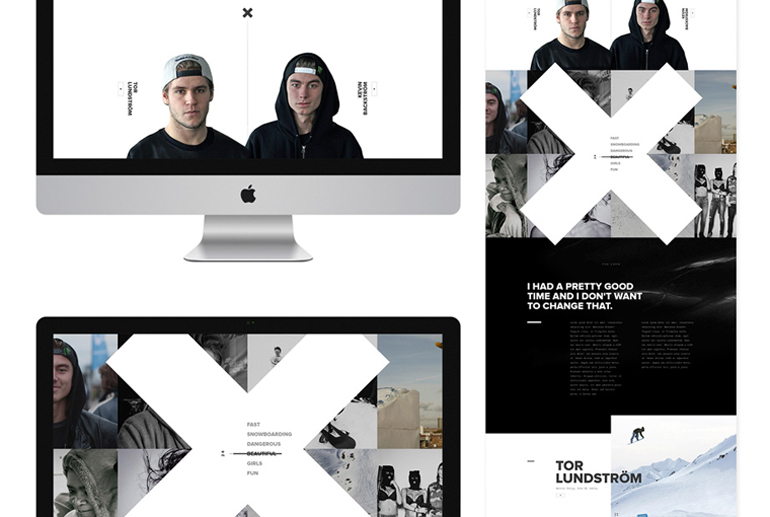e, “it depends”.

The simple explanation
User experience design (UX) is the entirety of the website (or product) that you build. It’s how the pages are structured and organized. It’s how users navigate from page to page. It’s the process they follow to get from “point A” to “point B”. The process of designing the user experience can often involve research, interviews, creating user personas, examining the usability and accessibility concerns, and so many other things.
User interface design (UI) is just that: the interface itself. It’s the layout, the colors, the buttons, images, illustrations … everything visual. It’s the part of the website that the user actually sees and clicks on.
Essentially, user interface design is just one part of user experience design. It’s a huge and important part, to be sure, but not the only part. Most designers do at least a bit of both, and many do it all.
On a team with more than one designer-type, however, one might plan the user experience from a big-picture perspective, while another dedicates their time to obsessing over the visual details. That right there is the big difference. The user experience is how the whole thing fits together. The user interface is how it looks.
Answering “the question”
Alright, so you basically know the difference between UX design and UI design. Which should you call yourself? This largely depends on how and with whom you work. Remember, UX design is a huge job. The one-sentence elist I provided above isn’t the half of it.
- UX design, as a job description, may include some or all of the following:
- User research (Who the website’s primary users will be, what they like, how they browse the Web, etc. This part of the process includes creating user personas, and the like.)
- User device research (What kind of screens will they be viewing the website on? Which browsers are most prevalent on those devices?)
- Competition research
- Setting goals for the website (conversions, newsletter signups, product sales)
- Researching the various technologies that the job may require
- Sketching
- Wireframing
- Turning the wireframes into prototypes (This isn’t necessary for all jobs. If your website is rather large, or has app-like functionality, though, it’s probably essential.)
- Addressing usability concerns. (Is the site easy to navigate for the visually impaired? Are things that need to be clicked on obviously clickable? Is it dead easy for people to complete calls to action?)
- Lots and lots of meetings with the client/boss. Emails galore.
- Keeping track of how the website is (or isn’t) meeting the goals set for it.
- Actually doing the UI design too.

Basically, if you’re a freelancer building websites from scratch, you’re a user experience designer. If you work alone in a company, if you’re the whole web department, you’re a user experience designer. If you’re on a team, and you mostly specialize in the planning elements listed above, you’re a user experience designer.
If all you have to do is take the results of all that planning, and turn it into a good-looking interface, you’re a user interface designer.
Now don’t start thinking that UI designers are any less important. Some spend almost as much time putting the UI together as the UX designers spend on their research and planning. That’s good. Attention to detail is what makes the difference between an “okay” website, and one that delights its users.
Note: If you have a UX designer and a UI designer working together, including the UI designer in the processes outlined above is imperative; so there is definitely some overlap between the two roles. Including the UI designer makes sure that s/he understands each and every decision, and how to respond to it.The point is that if you’re a big-picture person, or you generally do everything involved in designing a website, the term “UX designer” probably applies best. Otherwise, “UI designer” works just as well…


























